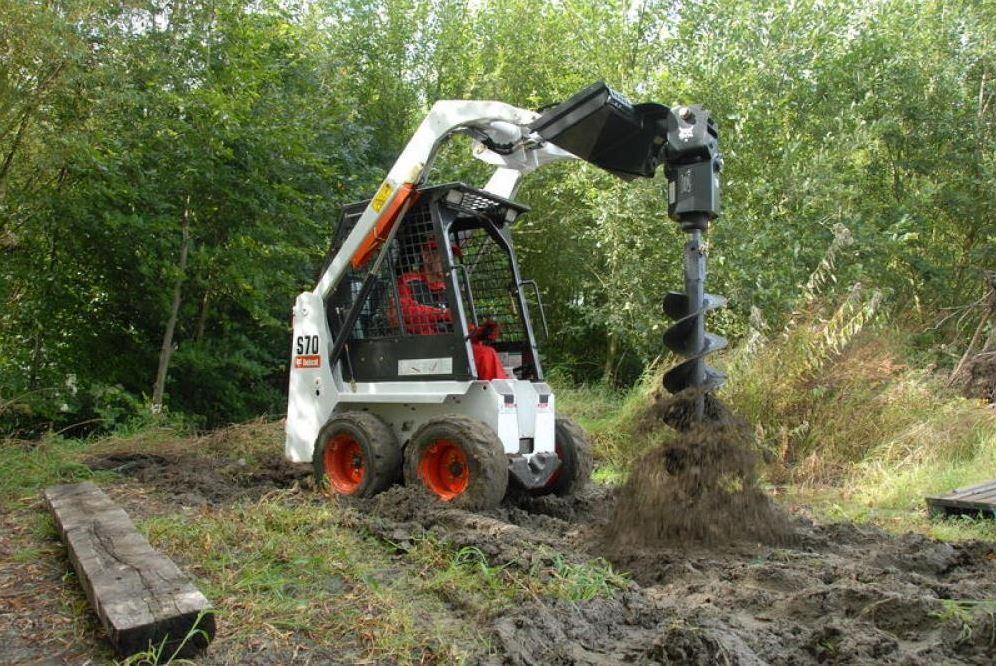Are Bobcat’s Plans For A Fully Automated Future In Trouble?

The users of Bobcat loaders and diggers know all too well about their ability to help owners and renters with all kinds of construction tasks, packing a lot of versatility and a lot of power into a tiny package. This is part of the reason why construction sites the world over trust the white and orange.
However, the Bobcat company itself finds itself in a problem of its very own, caused rather ironically by its success at lifting other businesses.
Throughout the latter part of 2024, Doosan Bobcat has been part of plans by its parent company, Doosan Enerbility, to enter a complicated spin-off merger which would merge Bobcat with Doosan Robotics, based around the idea that Bobcat’s future is in the automation sector.
However, this merger has caused huge amounts of controversy in the business world, especially in its home of South Korea, to the point that the American advisory firm Institutional Shareholder Services has recommended that investors oppose the plan, and The National Pension Service of Korea has faced pressure to reject it as well.
The reason for this is that there has not been an independent review of the spin-off merger and there is a risk of a conflict of interest, as the merger would primarily benefit shareholders who already have a controlling interest at the expense of minority shareholders.
The big issue is that Bobcat is very successful and very profitable, but would have been merged underneath Doosan Robotics, which is a much smaller company that has historically struggled.
The logic is that as Bobcat moved further towards automation, the robotics side would take precedence, but that has not been accepted by investors and initially led to requests by financial authorities in South Korea to alter the deal.
The newer deal, in which Doosan Robotics has a controlling stake in Bobcat, remains controversial and an extraordinary general meeting of shareholders will take place on 12th December, where the future of Bobcat may be decided.


